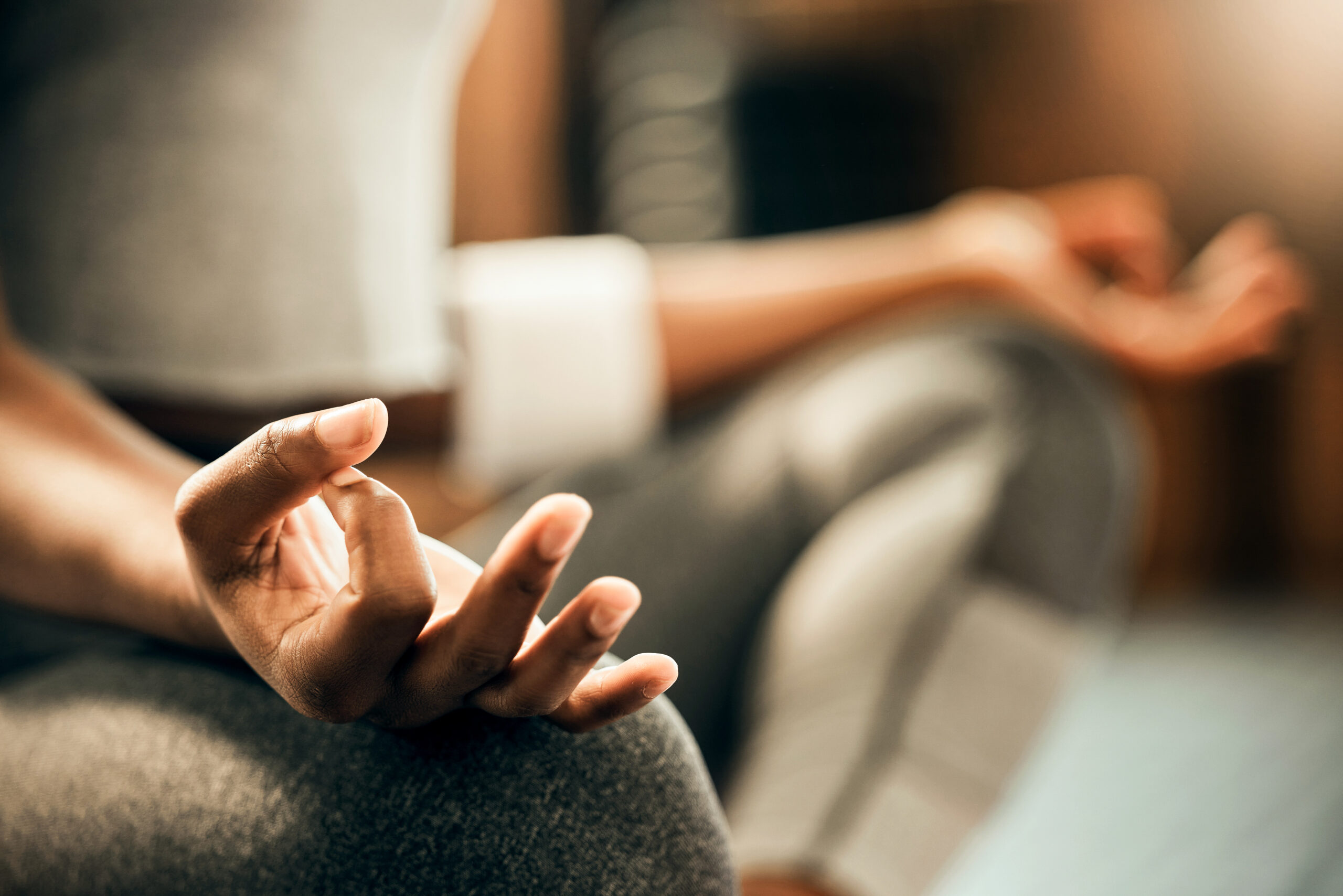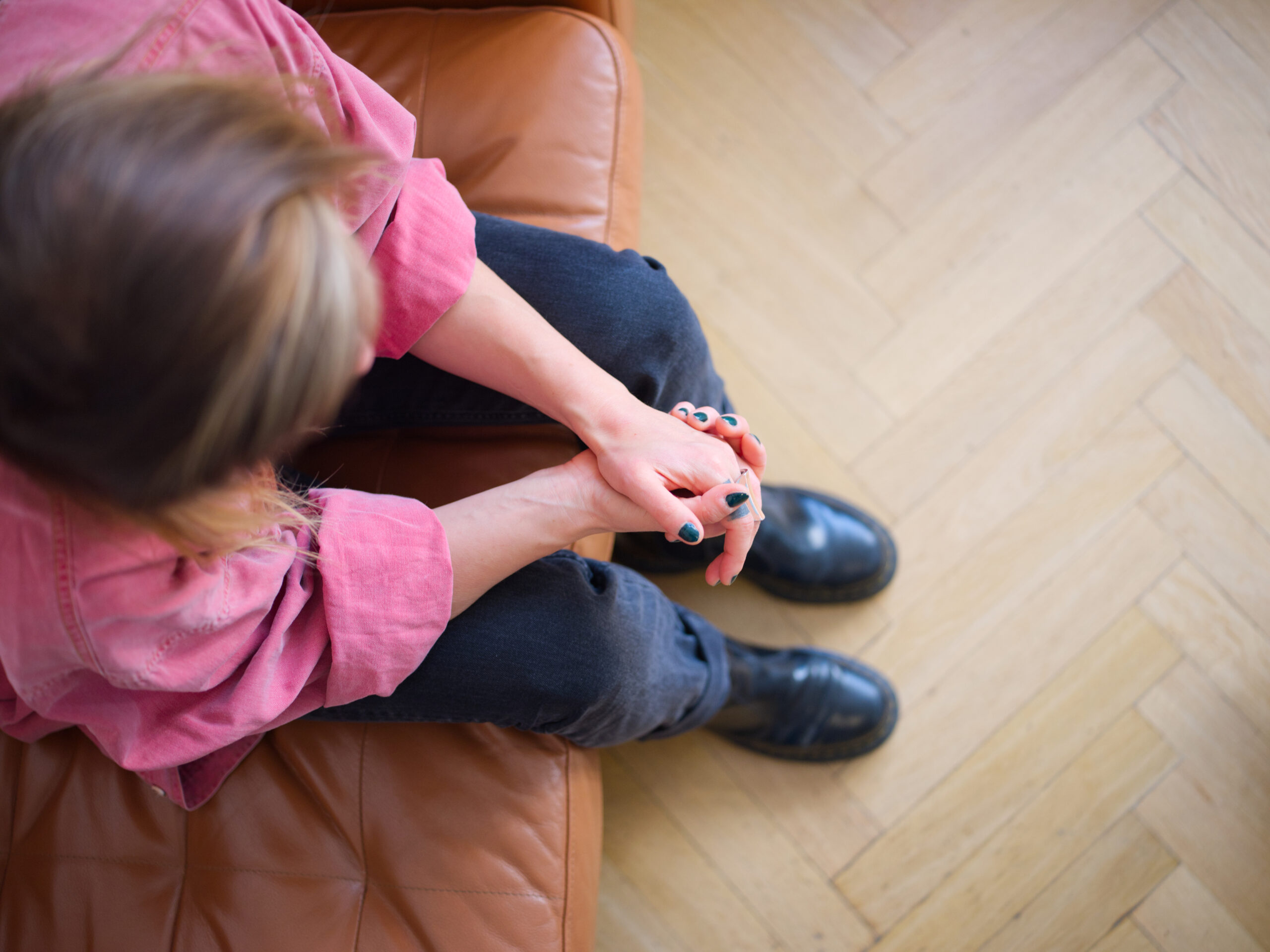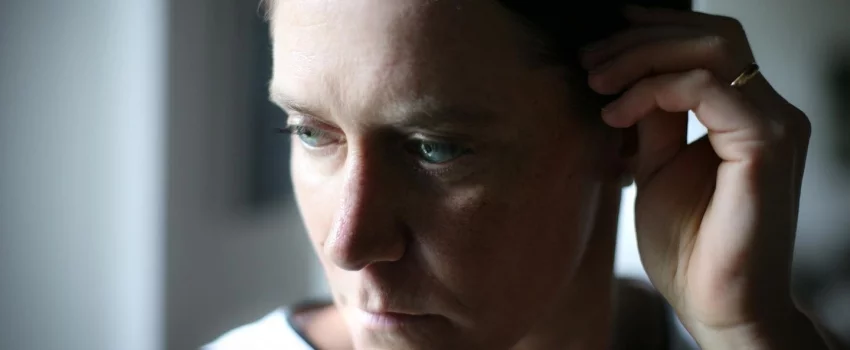Many of the unpleasant physical symptoms of anxiety, such as heart palpitations, chest pain, choking sensations, pressure in the stomach, as well as diarrhea and other gastrointestinal problems, can be alleviated with breathing exercises.
Breathing exercises against anxiety

Why is that?
Physiologically, states of anxiety, stress and tension are caused and maintained by changes in the ratio of oxygen to carbon dioxide in the blood. Associated with this is the leaching of lactic acid into the muscles which causes feelings of tension, muscle twitching, spinal pain and many other psychosomatic problems.
Learning to breathe correctly is not as easy as it first seems and we must take care not to automate any breathing "habit" that could turn against us. Particularly in the case of more severe forms of anxiety, it is advisable to carry out the first training under the supervision of a breathing therapist, or to support the training with a virtual reality breathing sensor.

In order to manage panic attacks and massive anxiety attacks, it is necessary to master breathing exercises with precision and to automate them in the right form so that they actually help us and not harm us.
- Start by holding your breath for three seconds.
- Perform a long exhalation lasting six seconds.
- There is a short pause before breathing in - just half a second.
- Take a long breath again for three seconds.
- We hold our breath, this time in a full inhale. Tighten the muscles in the shoulders and arms while pushing the abdominal wall forward like a ball with all your strength. Hold at maximum tension for three seconds. More advanced ones can add the so-called Valsalva manoeuvre.
- This is followed by a long exhalation lasting six seconds. We let the air out of the lungs without effort, trying to slow the exhalation rather than speed it up. During the exhalation, relax the muscles of the shoulders, arms and abdomen, letting the whole body "droop" to relax.
- Repeat the whole process from point 1 to point 6.
Read also



